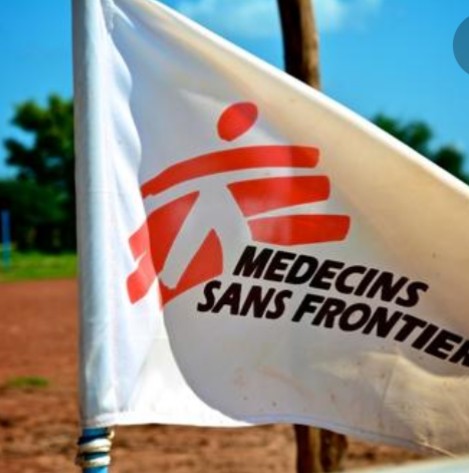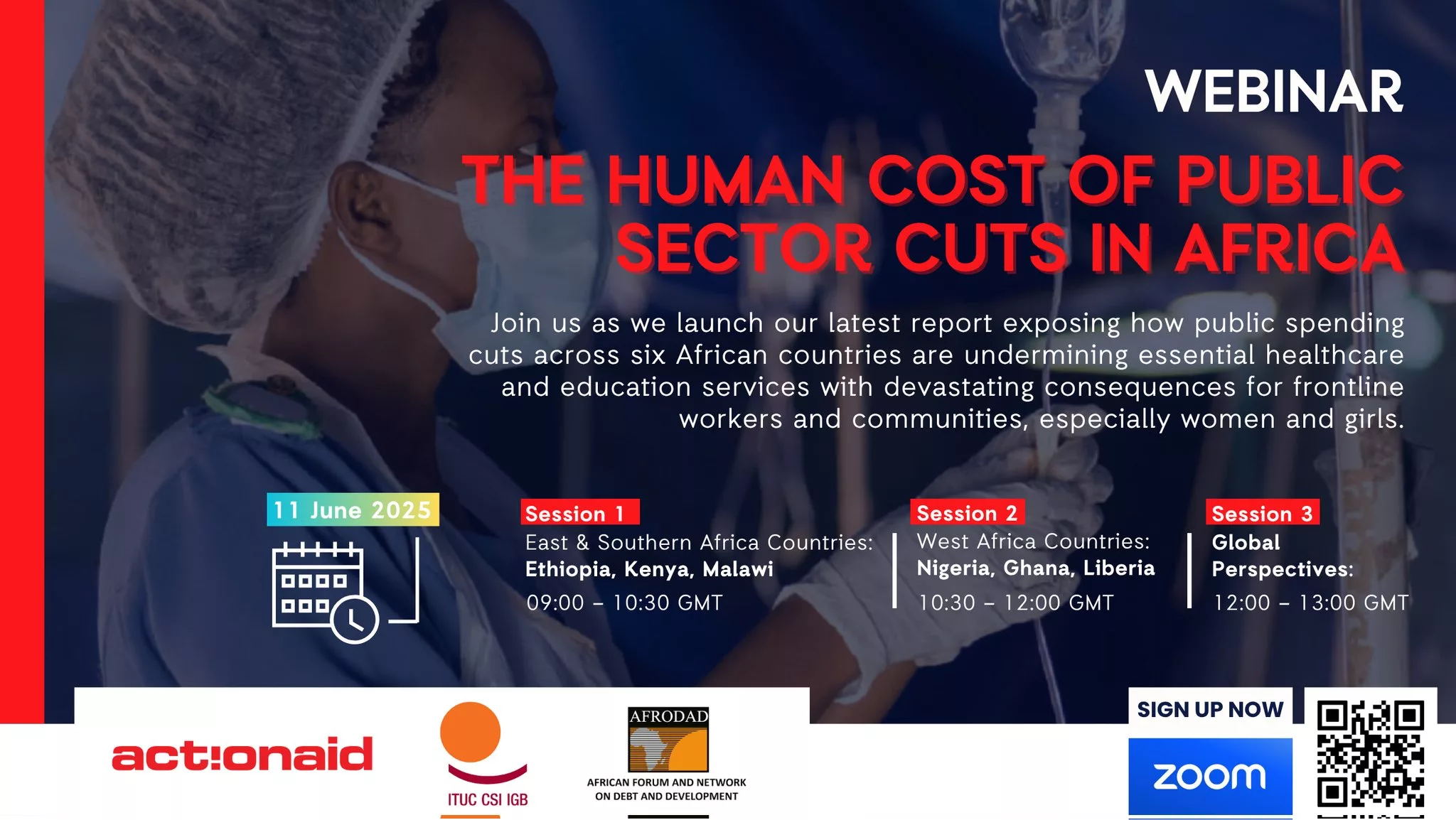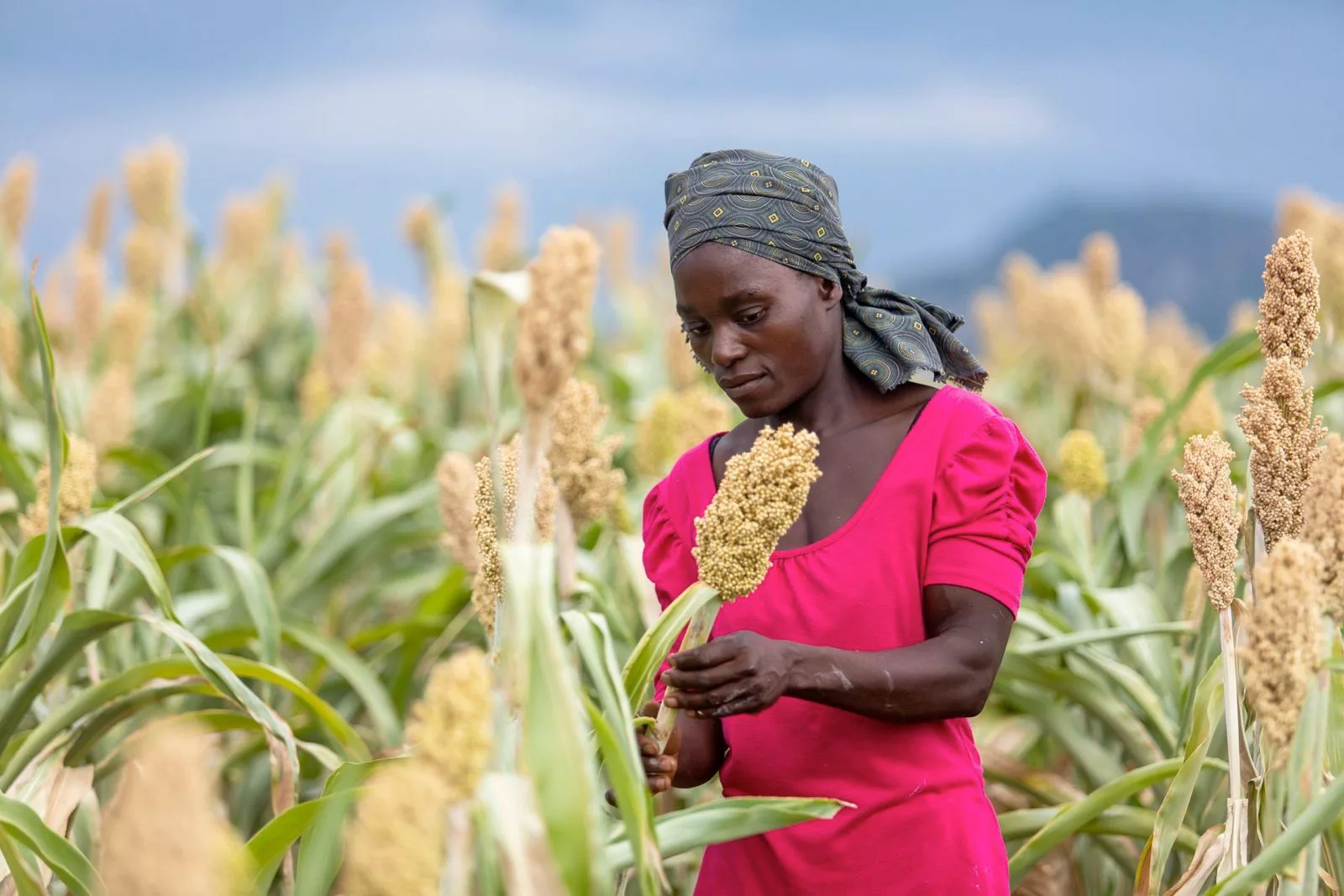|
Getting your Trinity Audio player ready...
|
Media plays a crucial role in the pursuit of ending AIDS by 2030, in line with the country’s economic blueprint, the National Development Strategy (NDS1)’s goal of health and well-being, and Sustainable Development Goals (SDGs).
This was revealed yesterday in Chinhoyi by Prof Paul Mavima, the Minister of Skills Audit and Development, who was standing in for the Minister of Health and Child Care, while officially opening a workshop convened by the National AIDS Council (NAC) to equip editors with the latest knowledge and information about the response to HIV as a strategy to ensure that HIV remains on the media agenda.
Zimbabwe has achieved key milestones in the response, including the reduction of both HIV incidence and prevalence over the years, from 0.53% in 2016 to 0.47% in 2023 and 13.6% in 2016 to 11% in 2023 respectively, as well as rapidly expanding access to antiretroviral therapy, in pursuit of the 95-95-95 targets.
Hon Mavima said despite the progress, HIV remains a public health threat that requires concerted efforts by various sectors to truncate it and coast towards epidemic control.
“I am very glad that the National AIDS Council and various partners they coordinate have continued to recognise the media as a key partner in the response, with a strong influence on human behaviour and a catalyst for positive social change.
“That potential that the media possesses is actually in the hands of the editors and Station Managers. You therefore have to unleash that potential and ensure that the media scales up its role as we pursue ending AIDS by 2030, in line with the NDS1 goal of health and well-being and Sustainable Development Goals.
“You will agree with me that the media landscape has gone through a major transformation over the years, with innovative information communication technologies (ICTs) broadening the media space and putting power in the hands of the public, making them both consumers and producers of information. The media therefore has to innovate with these ICTs to remain alive in a very competitive market and to ensure that they reach their customers without the boundaries of time and space. You have to embrace the new technologies and renew your interest in them. As you can see, this event is being live-streamed, and for those that solely rely on pen and paper, you may find the going gets tough because your news will be stale when you publish it the following day,” Prof Mavima said.
He said while HIV has been enduring due to its devastating consequences, it still is part of the broad subject of human health.
“There are various other health conditions, including non-communicable diseases (NCDs) most of which are associated with HIV about which the media should report. Recently we were faced with the COVID-19 pandemic, which the media extensively covered to empower our people. What is clear ladies and gentlemen is the need to raise the bar on health reporting, focusing on well-being as HIV is associated with various other diseases, some of which take advantage of an already weakened immune system due to HIV.
“People living with HIV now have improved quality of life due to antiretroviral therapy. As they age with HIV, they become susceptible to other diseases, which eventually kill them including those related to lifestyle. While the majority of people are stable on treatment, we are still recording around 19,000 deaths annually due to AIDS and it is highly important to know what is killing them. As editors, you have a key role in unravelling such issues, and educating people to eat healthy and shun sedentary lifestyles.”
Madeline Dube, the NAC communications director, said her organisation is working on integrating several NCDs such as cancer, blood pressure and diabetes as well as co-morbidities including Tuberculosis in their work, saving the lives of many people.
The media was urged to encourage people living with HIV to be screened for these NCDs, which is being done for free at the community level through the collaboration of my Ministry and the National AIDS Council.
In addition to the non-communicable diseases, which are rising among our people, the country is experiencing a rising menace of drug abuse, especially by younger people. There is a strong association between HIV acquisition and drug use within the population groups that abuse drugs.
“We are therefore called upon as editors to not only highlight the burden of this pandemic but to expose the cartels behind it as well as offer people hope through knowledge and ways in which the pandemic can be addressed,” Prof Mavima said
Addressing the same gathering, Abiggail Musemburi, the United Nations Population Fund ( UNFPA) country assistant representative, said her organisation is working on several key deliverables including ending maternal deaths.
In pursuit of ending the unmet need for family planning, Musemburi said the UNFPA is working on expanding choice and access to family planning information and services, with a particular emphasis on empowering women to make informed reproductive health choices.
With regards to ending GBV, the UNFPA provides evidence-based advocacy to drive policy reform. She said efforts to reduce HIV infections in 2023 focused on targeted interventions for key populations and building a supportive environment that addresses structural barriers to care.
Central to the approach was a strong emphasis on community engagement, leveraging peer educators and micro planners to reach men who have sex with men (MSM) communities. Innovative outreach strategies such as focusing on hotspot areas, social media and door-to-door campaigns were key to this outreach. The programme promoted expanded Pre pre-exposure prophylaxis (PrEP) access, provided stigma-free HIV treatment and care services, and actively engaged with religious leaders to foster inclusivity and acceptance.
To ensure adolescents and youth reach their potential, the UNFPA is strengthening youth participation in governance; supporting the development of an adolescent youth health implementation plan; bolstering youth-friendly healthcare; empowering young people in schools through comprehensive sexual education (CSE), and expanding access to SRHR information, and mentoring young entrepreneurs.






